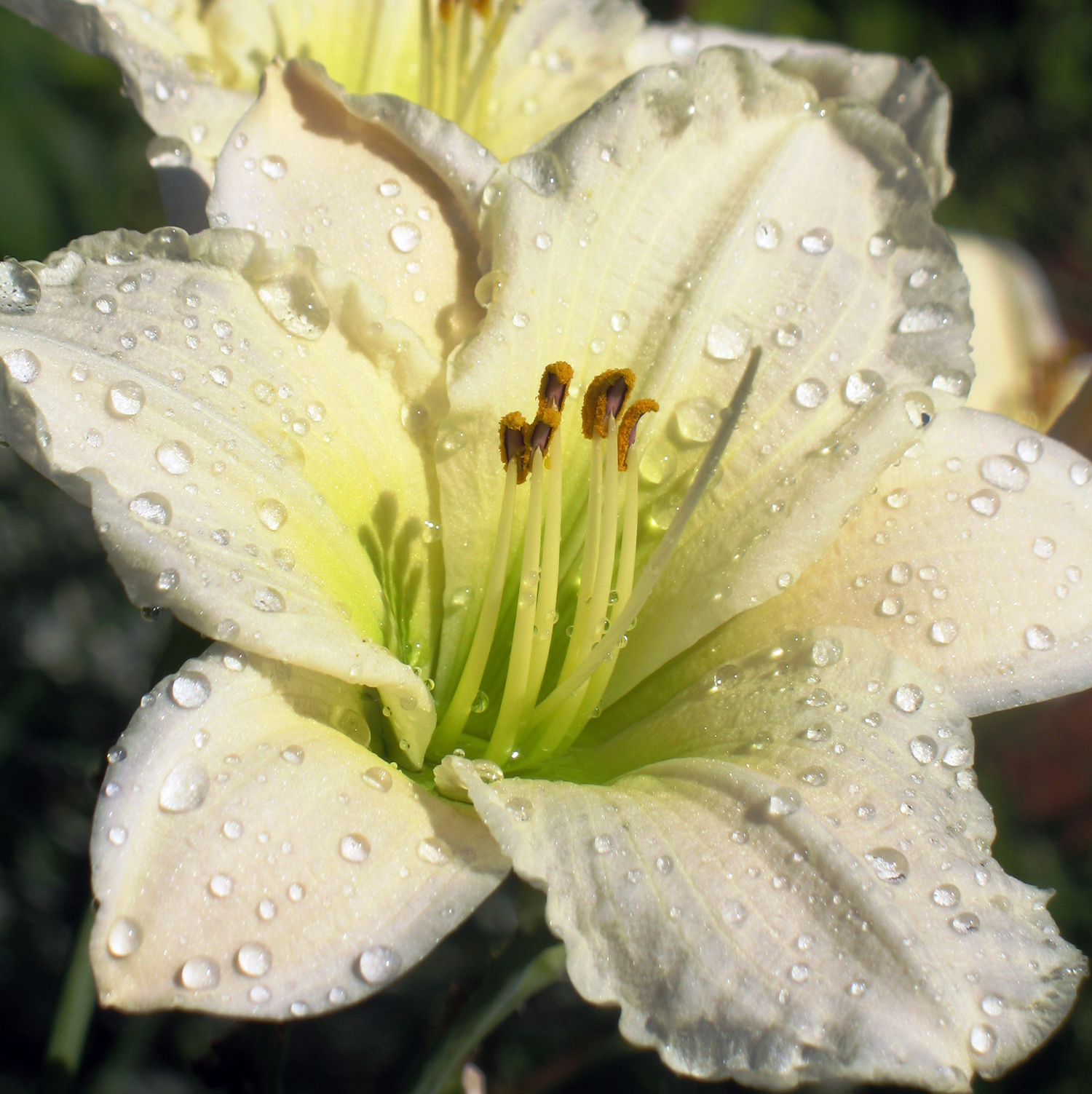Now that temperatures are climbing towards 100 degrees, it’s a good time to look around Dallas landscapes to see which plants are happily strutting their stuff. If you’ve been paying attention, you may have noticed daylily blooms popping out in force.

With tight watering restrictions across North Texas, you’ll want to choose plants that can both tough out the heat and use minimal water once established*. Daylilies can be one of your best-blooming friends in a waterwise landscape. Once established, they’ll require little care to thrive and multiply. The plants have fleshy enlarged roots that allow them to store water and nutrients (note: these are not real “tubers” that can be propagated on their own, but simply enlarged roots.) There are thousands, upon thousands of different hybrids to choose from, including re-bloomers and fragrant options. Daylilies are also a great pass along plant: I’ve moved heirloom orange daylilies I dug up from my grandmother’s garden 20+ years ago to every new garden I’ve acquired since.
Plant your daylilies in full sun for the best blooms; but they can tolerate some late afternoon shade. Too much shade and plants will stop blooming. Water weekly until established and then as needed. To keep plants looking tidy, deadhead old blooms and remove spent foliage at the base of the crown. Fertilize after plants have finished blooming.
*”Once established…” – You’ll hear industry pros use this phrase a lot when we’re talking about drought tolerant plants. No plant is drought proof. They will all need some water, especially when they are newly planted. So even if a plant is rated as “drought tolerant”, that means that it will be so once it has had time to put down a substantial root system. That can take a year to two years for most herbaceous perennials and about three years for most shrubs. Larger trees will need more time to become “established”.





